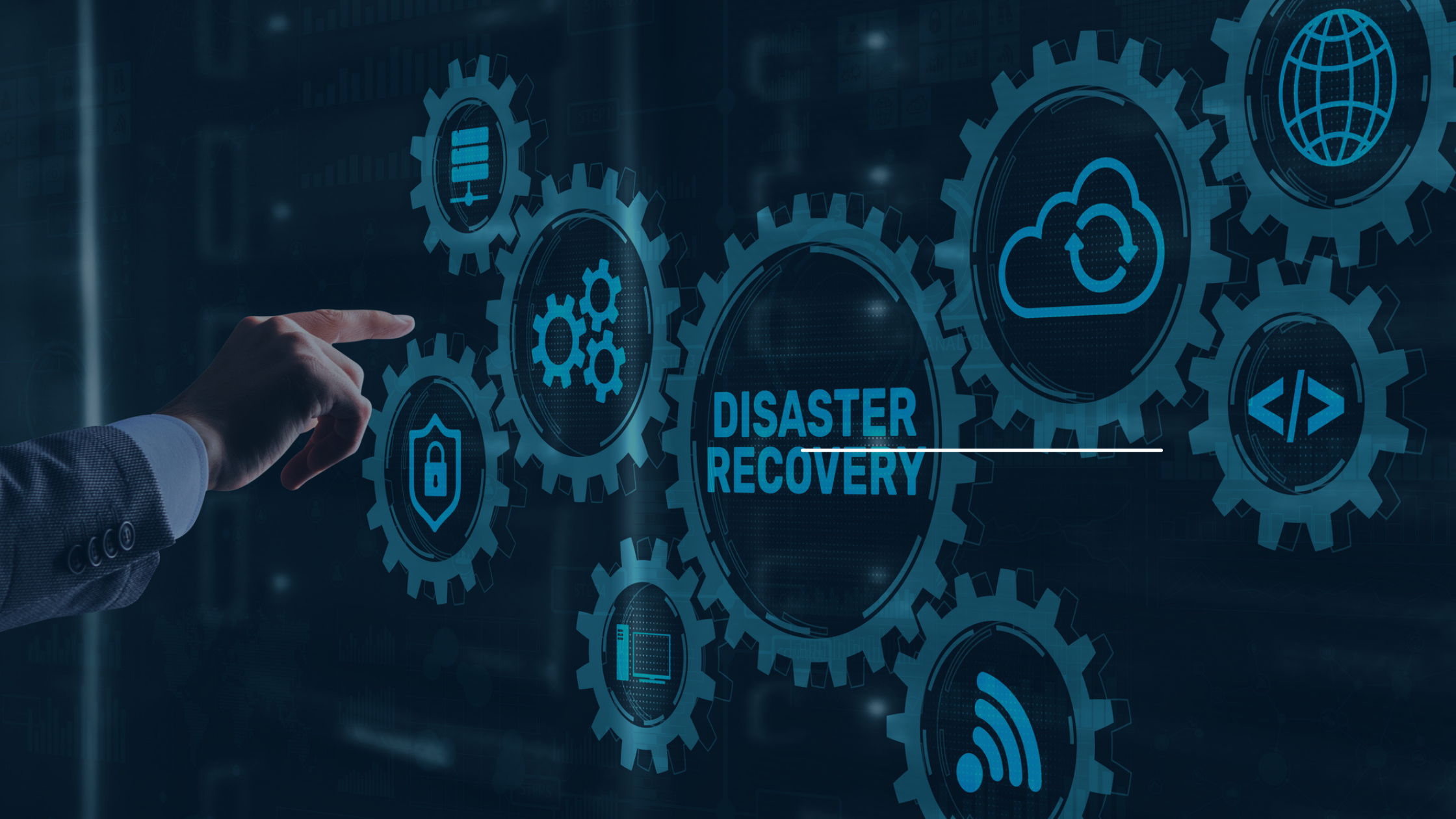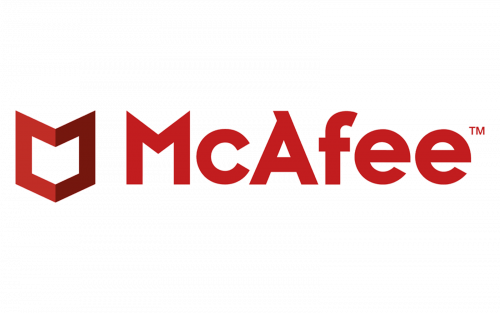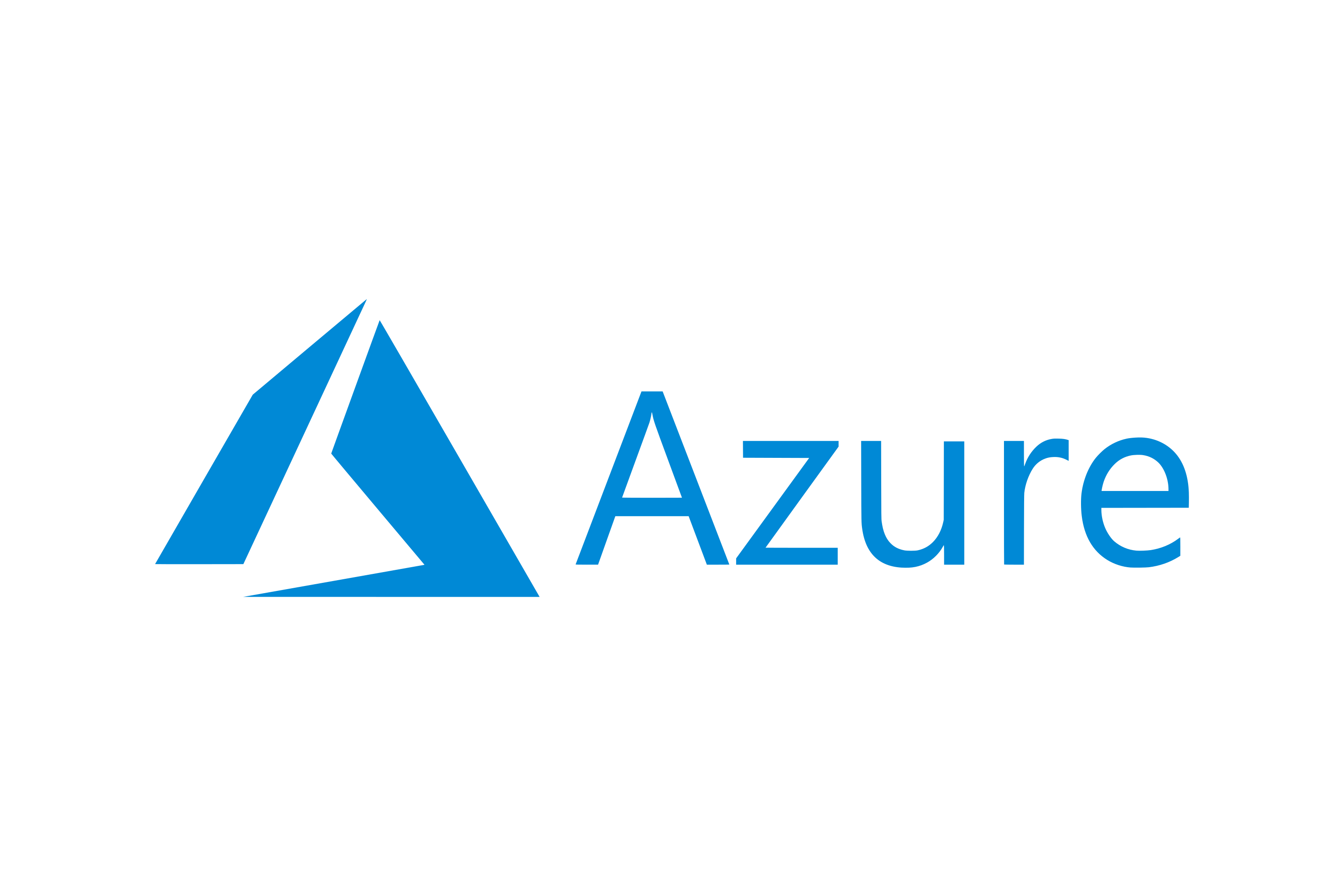Cloud Disaster Recovery
Infocellent – Your Trusted IT Partner
Having a strong disaster recovery plan in place is crucial for organizations to maintain business continuity in the event of a disaster, as these unforeseen events can result in significant financial loss and prolonged recovery times.
Cloud Disaster Recovery refers to the process of using cloud-based resources to protect and restore organizational assets in the event of a disaster. It enables business continuity by providing access to data, applications, and other IT infrastructure from the cloud, allowing for the continuation of normal operations.

What’s the Difference Between RTO and RPO?
The right recovery objectives in your business continuity plan help you get back to business as usual ASAP following an outage or critical data loss.
In the digital age, customers have high expectations for seamless and immediate service. Even a short period of digital disruption can lead to significant losses in productivity, revenue, and customer satisfaction. Therefore, having a comprehensive disaster recovery plan is essential for any organization. A disaster recovery plan outlines the steps and speed at which an organization will recover from an incident that renders critical applications and data unavailable. Having such a plan in place ensures that the organization can quickly resume operations and minimize the impact on the business.
Key Recovery Objectives
A Disaster Recovery plan includes several key components, two of which are the Recovery Time Objective (RTO) and Recovery Point Objective (RPO). These parameters define the acceptable amount of time a business can be offline and the amount of data loss that can be tolerated.
- RTO is the target duration set by an organization for restoring normal operations following an outage or data loss.
- RPO is the target amount of data that an organization can afford to lose. This is measured in time and represents the difference between the time of a failure and the last valid data backup. For example, if the last full data backup was taken 24 hours ago and a failure occurs now, the RPO is 24 hours
Matching RTO/RPOs to Apps
When creating a Disaster Recovery plan, different Recovery Time Objectives (RTOs) and Recovery Point Objectives (RPOs) may be set for various applications used by a company. The more crucial an application is to the business, the stricter the RTO and RPO should be. Conversely, less critical applications will have more relaxed RTOs and RPOs.
To determine the appropriate RTOs and RPOs for an organization, it is important to involve business unit leaders and senior management. Identify which applications and systems drive the business and generate the most revenue, as these are the most important to keep operational and should have low RTOs and RPOs. Once a business impact analysis has been conducted, divide the systems into tiers based on criticality levels, and establish appropriate recovery objectives for each tier.
Execution: Balancing Criticality and Cost
The stricter the RTO and RPO, the more it will cost to implement them. For instance, running full corporate data backups on a daily basis to achieve a lower RPO will consume more storage and network resources than doing it weekly, which will increase the expenses. To control the costs, first, determine the desired RTO/RPO values based on the criticality tiers and then investigate cost-effective methods to achieve them as part of the disaster recovery plan.
For example:
How frequently should data that is critical to the business be backed up? One option to achieve high availability is to continuously replicate data from primary storage to secondary storage that is always active. However, this setup necessitates high-performance storage systems and maximum network bandwidth, which can be costly. Once full data backups have been done, consider conducting incremental backups, which only backup new or modified data, to minimize backup windows and reduce costs.
Where should backups be stored for convenient and swift access? Keeping backups in the cloud can be more cost-effective than creating and maintaining a secondary IT infrastructure using your own equipment, property, and power. Additionally, data backups can also be stored on-premises in another building or secondary data center. They can also be stored in the primary data center but in a different location or at least a different rack for diversity. However, it’s worth noting that backups stored in this way may not be as effective in case of natural disasters that affect the entire site, city, or region, as compared to storing data copies in geographically diverse locations.
Some on-premises backup solutions utilize virtualized storage clusters that spread databases and file services across multiple nodes, allowing for concurrent backup of multiple workloads. As more capacity is needed, nodes can be added. The bigger the cluster, the more data can be ingested simultaneously, resulting in shorter backup windows. By integrating these systems with public cloud infrastructure services, it becomes possible to create a hybrid cloud environment that offers diversity and data protection.
During a disruption, what additional steps will be necessary to restore systems, and how long will they take? For instance, it might be necessary to replace damaged components, reconfigure software, and test systems before resuming operations. In a cloud environment, hardware is not a concern, but reconfiguring IP addresses and settings may require more effort. Additionally, it’s important to consider whether the disaster recovery plan involves failing over to a secondary set of data or recovering in-place. These are important factors to consider when developing and executing a plan.
Differences Between RTO and RPO
The recovery time objective (RTO) is the target period of time for downtime in the event of IT downtime while recovery point objective is the maximum length of time from the last data restoration point.
How Cloud Disaster Recovery can benefit you
Reduced Recovery Time
Having assets stored in the cloud allows for quick recovery times as the data and applications can be easily accessed from any location and device at any time
Critical Asset Storage
Storing critical data for a business on the cloud keeps it secure and protected from threats, ensuring continuity of operations.
Eliminate Hardware Dependency
By storing assets on the cloud, organizations can eliminate the need for physical hardware such as flash drives, hard disks, and servers, resulting in cost savings and reduced space requirements
Easy Implementation
Having assets stored on the cloud makes implementing recovery plans quicker and more efficient.
Highly Scalable
The cloud infrastructure can be adjusted to meet the changing needs of a business, allowing for scaling up or down as required
How Infocellent can help you
Infocellent recognizes the importance of having a solid Disaster Recovery plan in place for maintaining business continuity. As experts in Disaster Recovery, we work closely with our clients to develop a robust recovery strategy.
Our team of engineers specializes in cloud-based Disaster Recovery solutions, ensuring that critical assets remain accessible even in the event of a disaster. Our approach to Disaster Recovery planning includes
Assess
Assess the recovery needs of your business
Plan
Create a recovery plan that aligns with the identified needs
Implement
Establish a secondary location on the cloud
Backup
Begin cloud-based backups of all recovery needs
Drill
Conduct Disaster recovery exercises to test the plan and the service’s efficiency
Compliance
Confirm that the Disaster recovery program complies with relevant regulations
Ready to discuss your DR Plan?
Get in touch to deliver near-zero RTOs to radically accelerate data access and the recovery process in order to restore business operations using Cloud
Benefits
How Partnering with Infocellent Benefits You
Predictive Costs
Pay for your needs according to your requirements. Infocellent provides cost efficient services based on your requirements
Expert IT Consultants
Our consulting team comprises of CCIE level experts holding 15+ years of experience in IT industry
Economy of Scale
With the business growth, IT infrastructure must grow. Our expertise helps businesses to scale efficiently
Enhance Productivity
With our expertise of IT Services, we can help you fine tune your IT systems to run with insight and to increase efficiency
Our Expertise & Technology Partners
















TESTIMONIALS
What Our Customer’s Are Saying
Infocellent helped us to transform our Datacenter services from On prem to AWS Cloud within months.
There detailed project management and vendor expertise helped to reduce our operational costs.
By leveraging Infocellent’s monitoring and managed last mile services, our infrastructure is monitored 24×7 and we have peace of mind as incidents are dealt in time.
They add value to the partnership.
Since partnering with Infocellent, our business IT services have gained flexibility, scalibility and consistency.
Infocellent’s have top notch skillset and covers breadth of the technologies.
Infocellent allows us to focus on our core competency, while giving us access to world class technologies and expertise.
Its a great to have them as a partner which accelerates our growth.
We are Here To Help!
Office
416, Urban-II, TP-1, Bhayli,
Vadodara, GJ, India 391410
info@infocellent.com
Call Us
+1 302 208 9155
+91 953 798 8588
+91 953 728 8588
